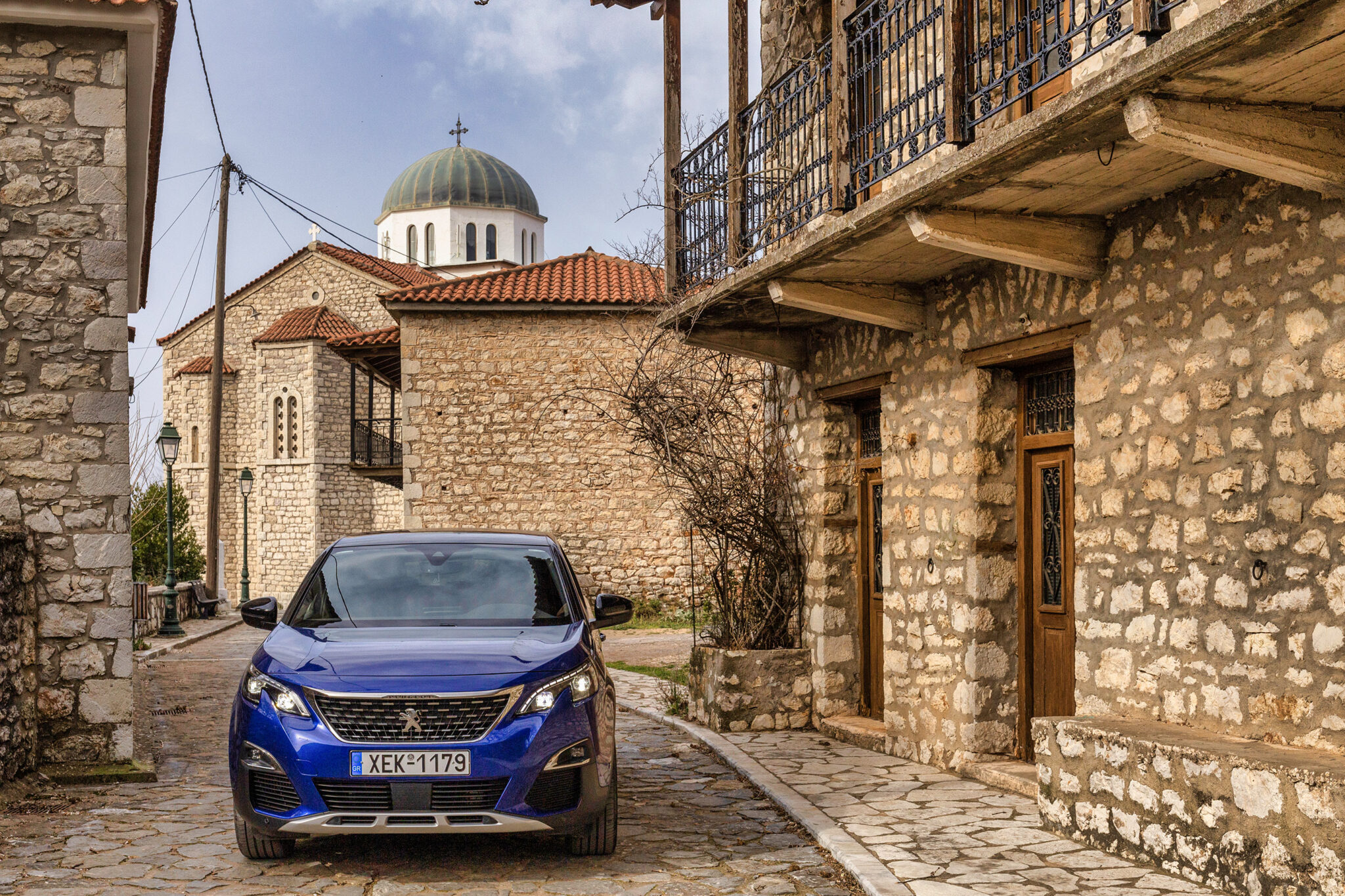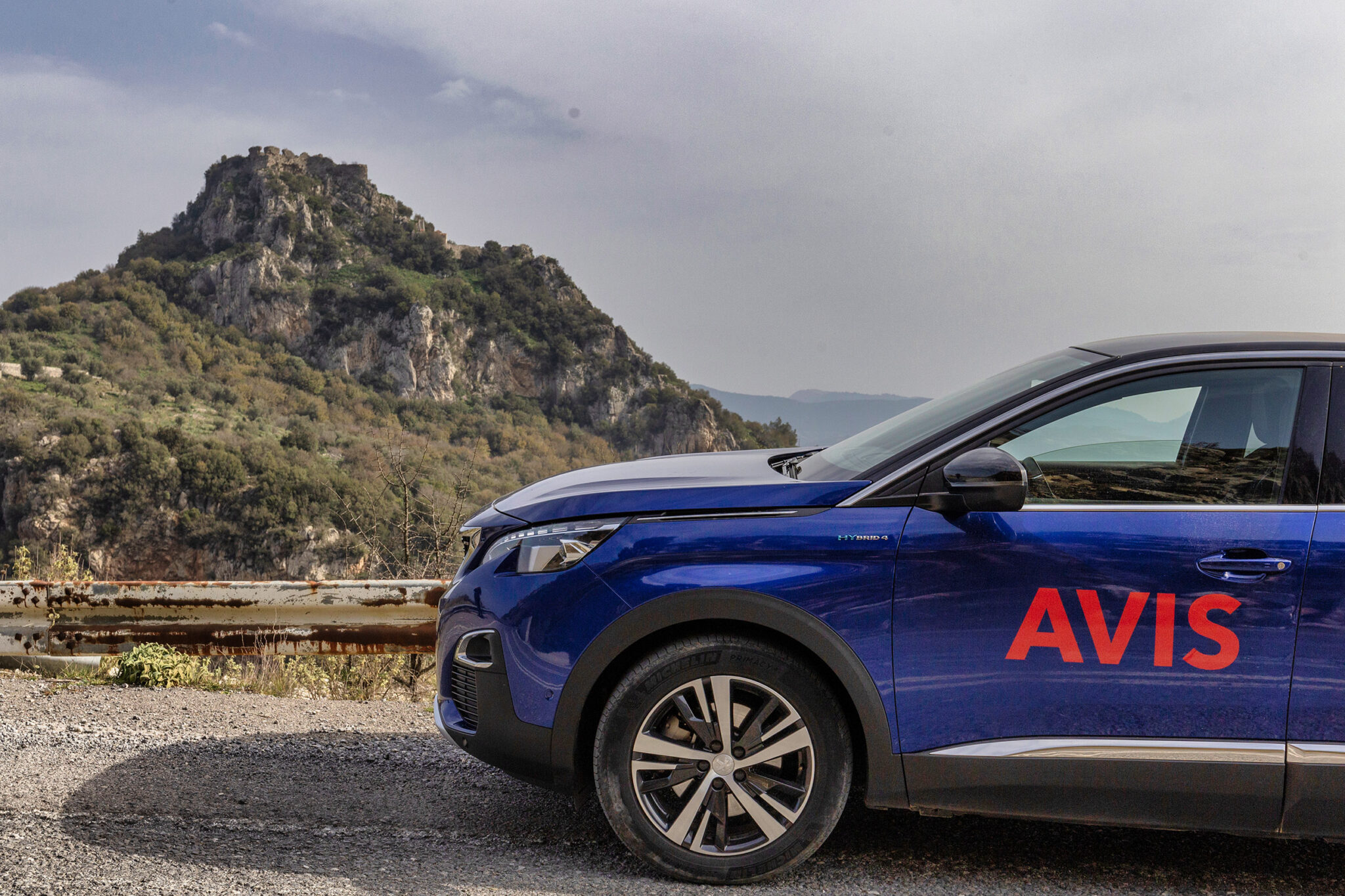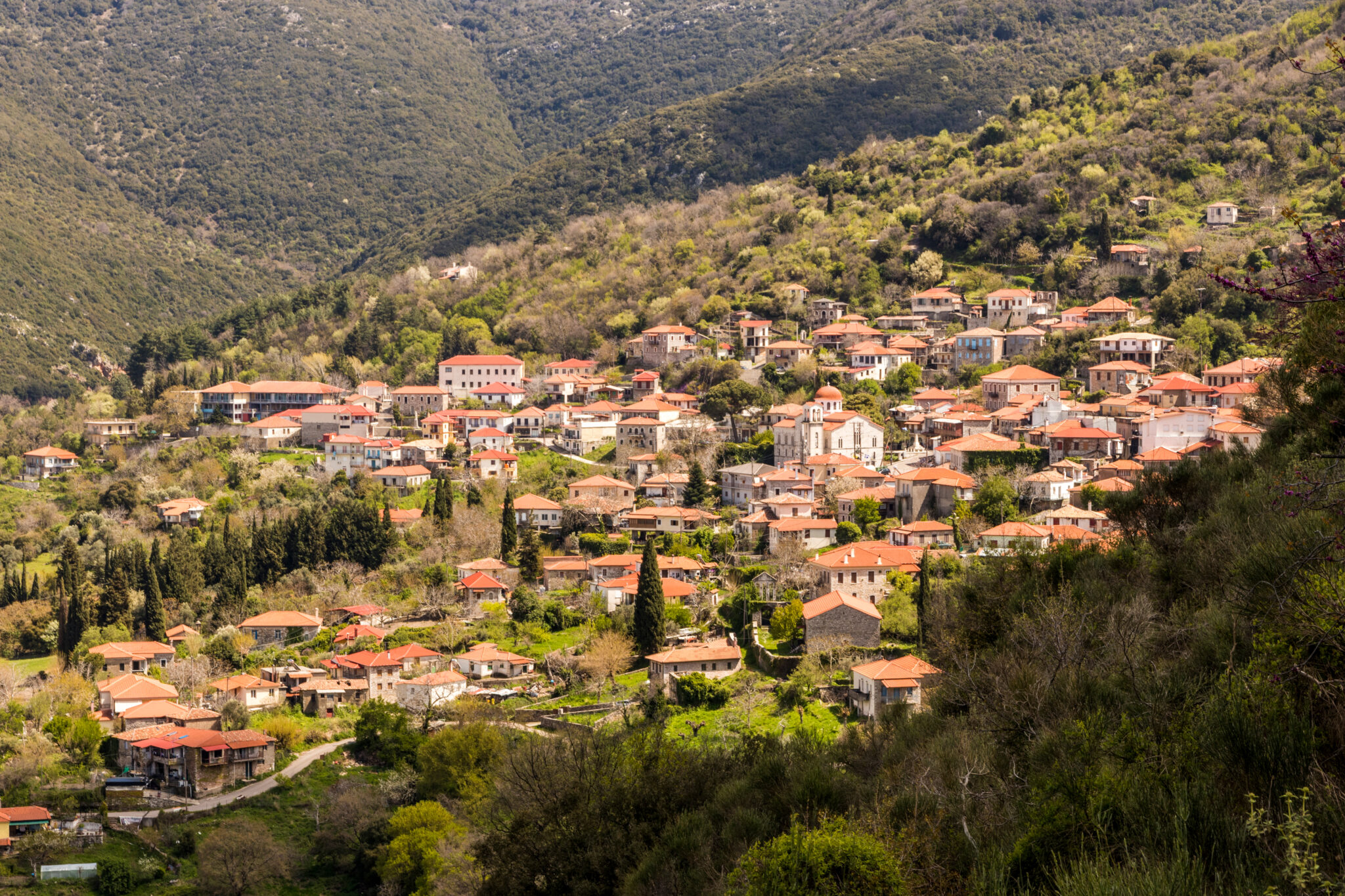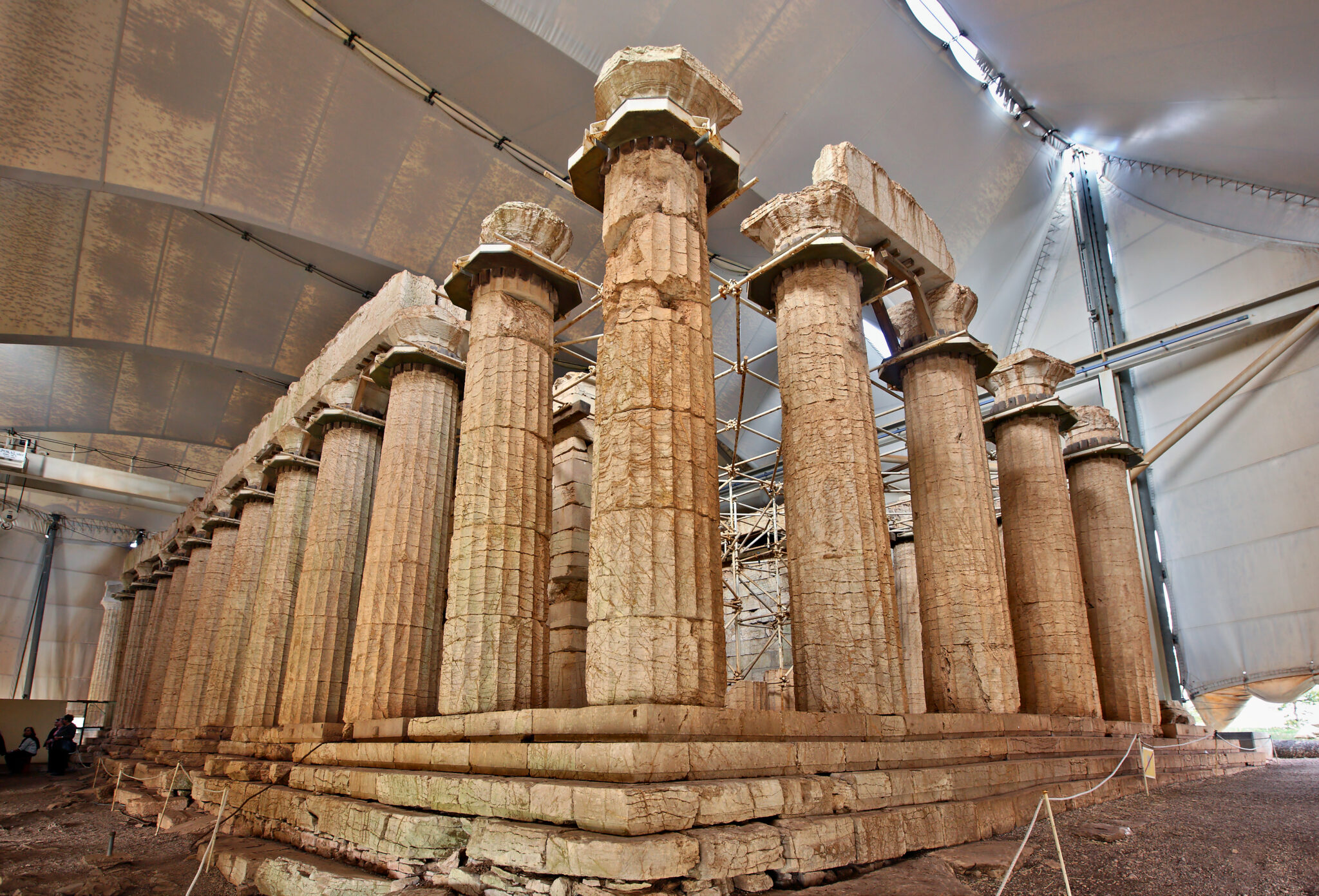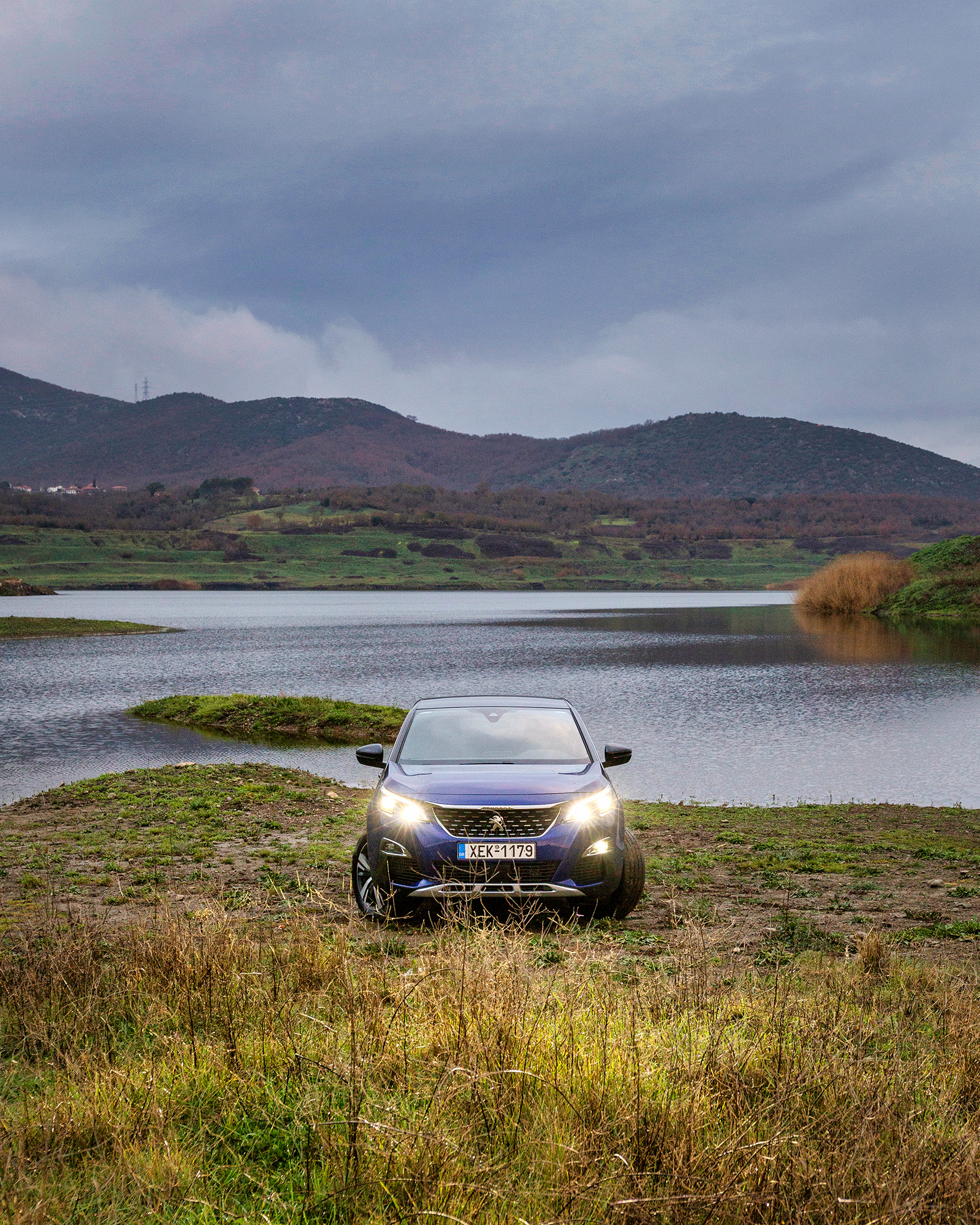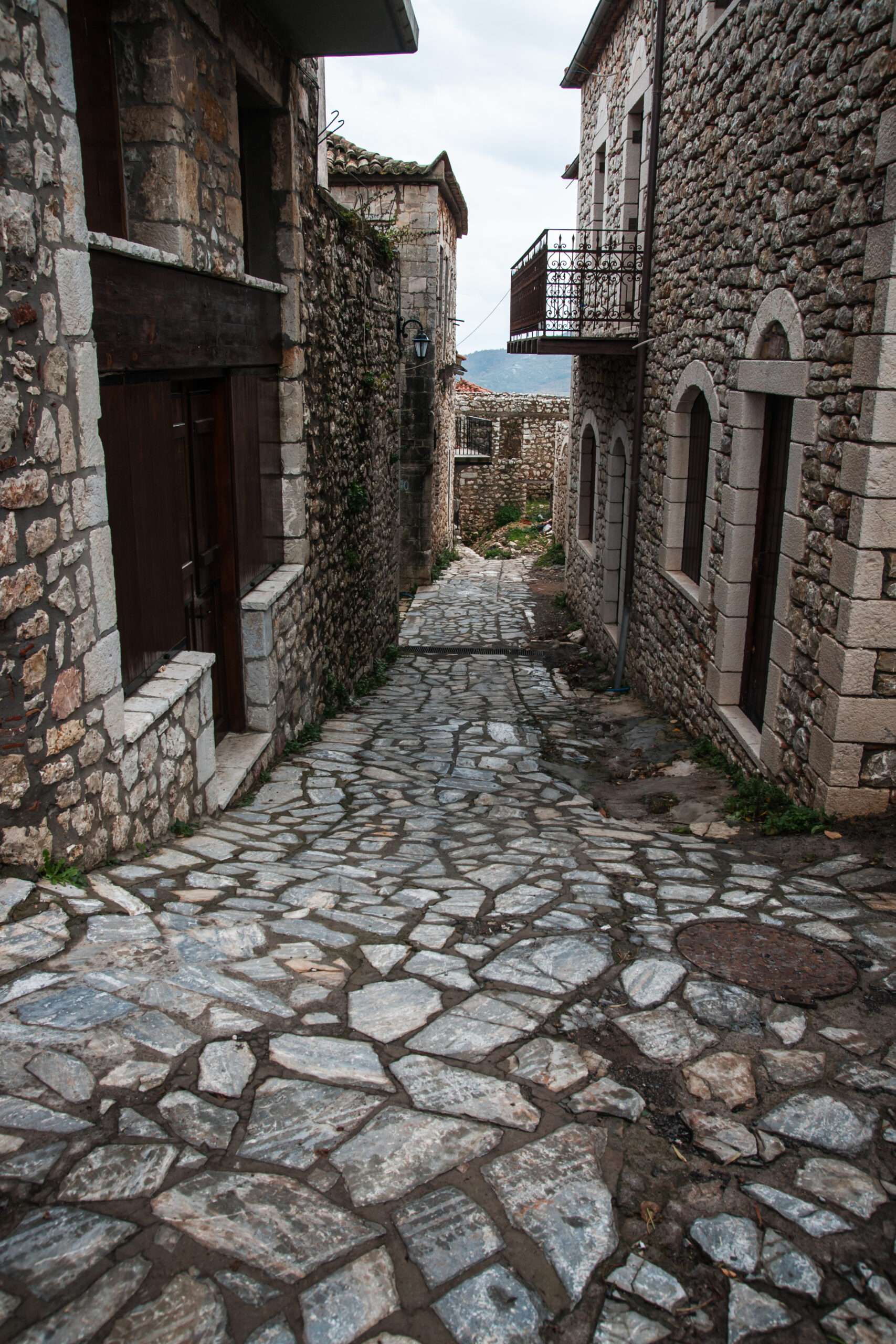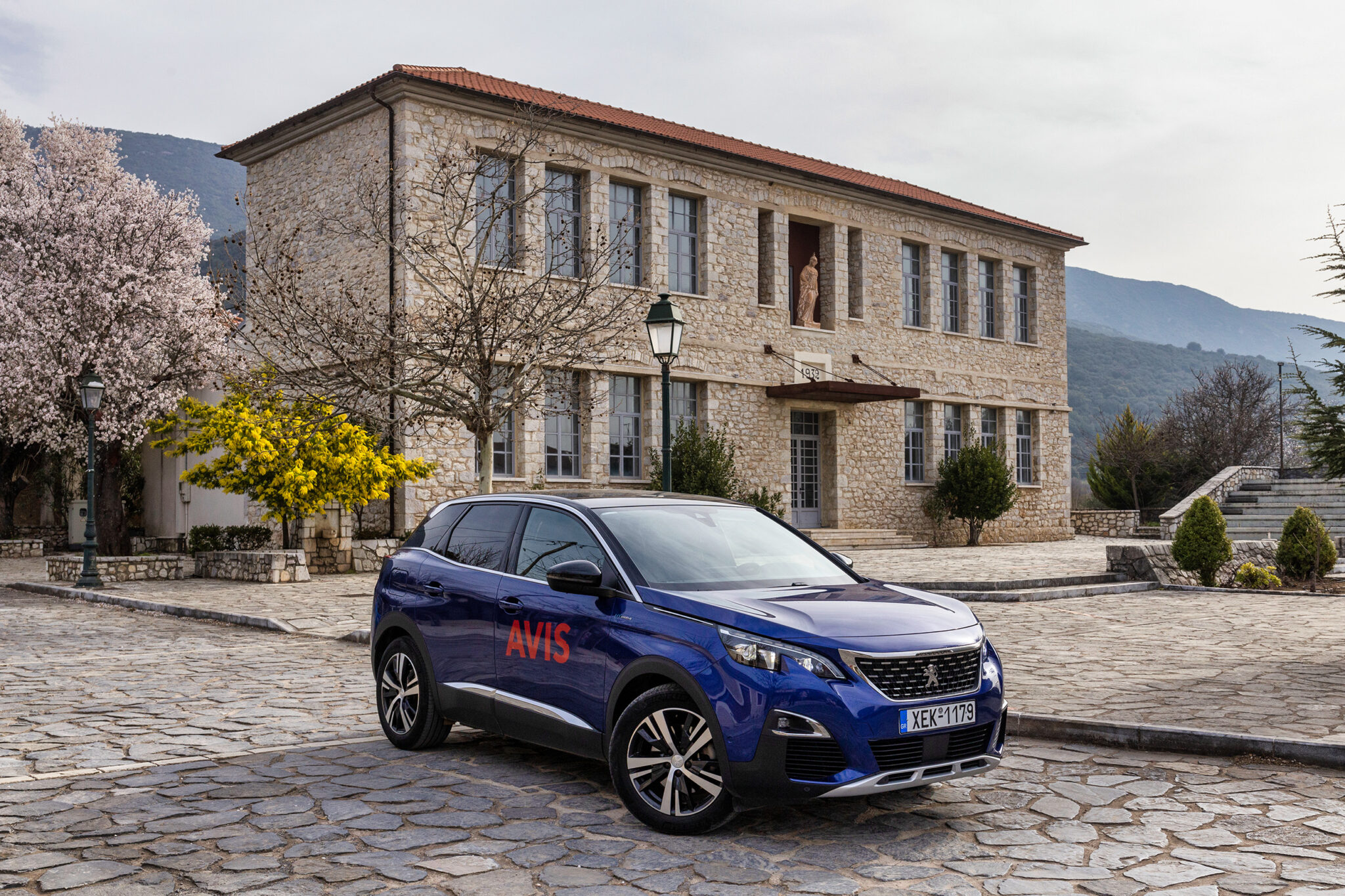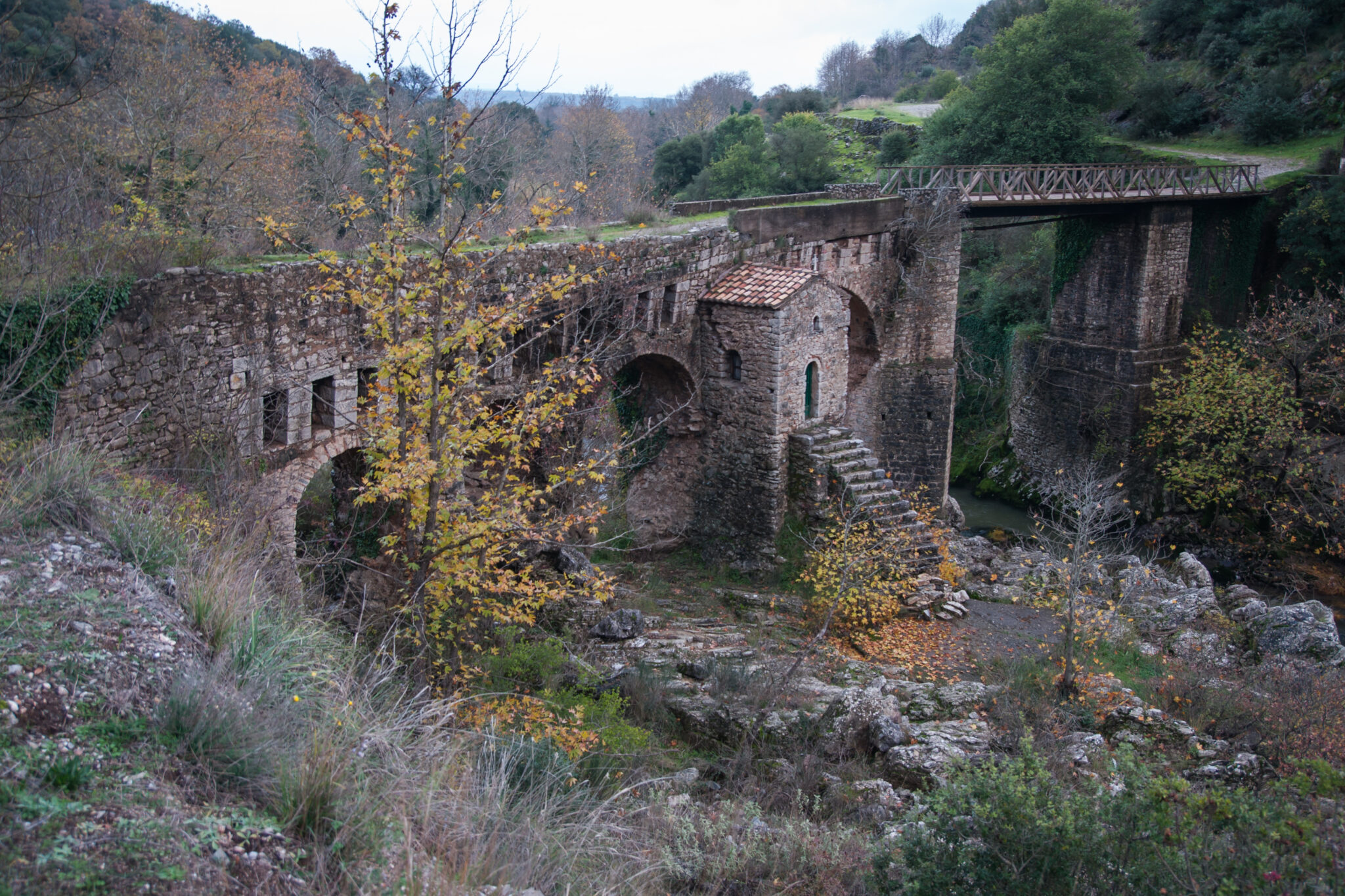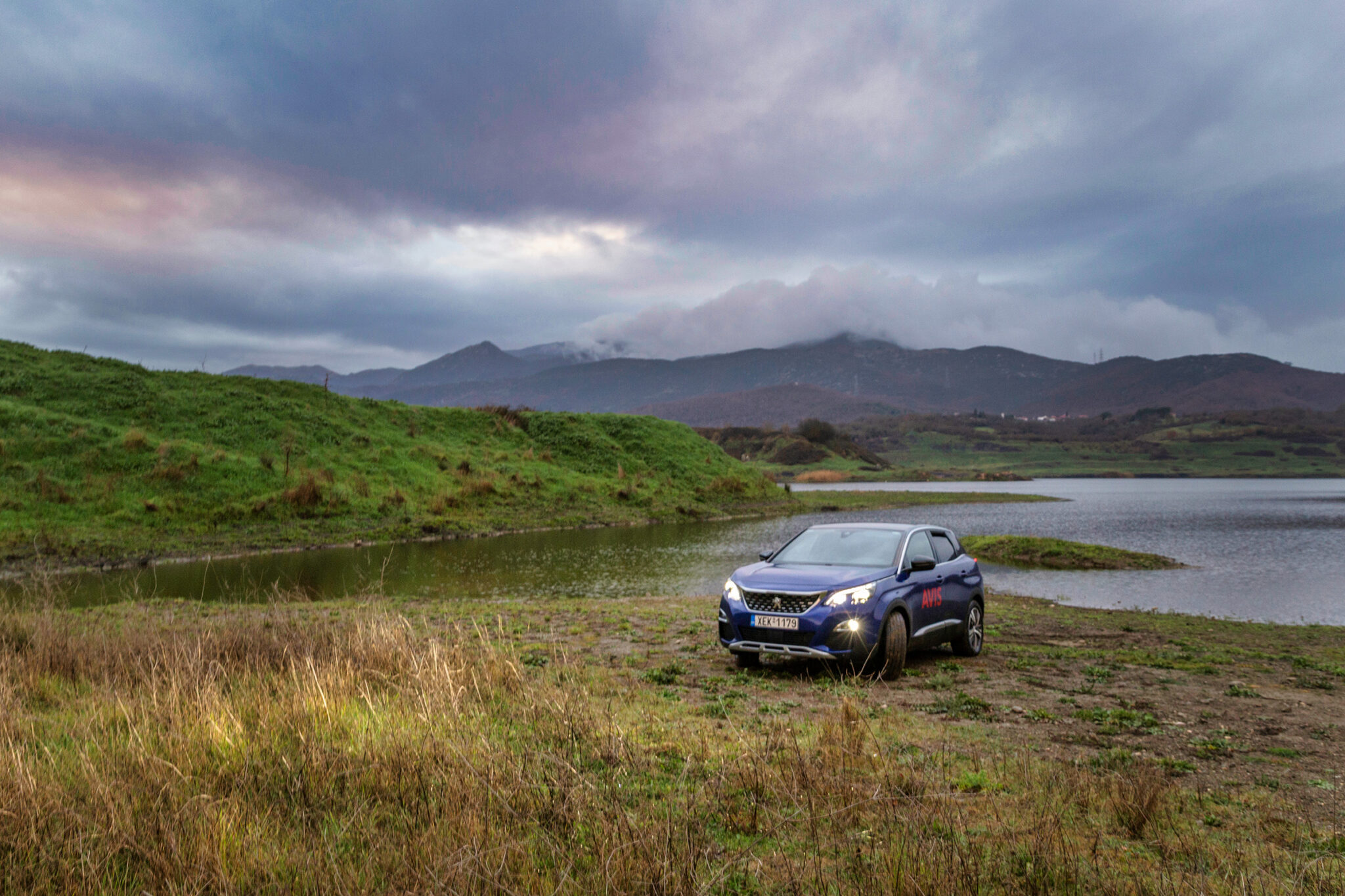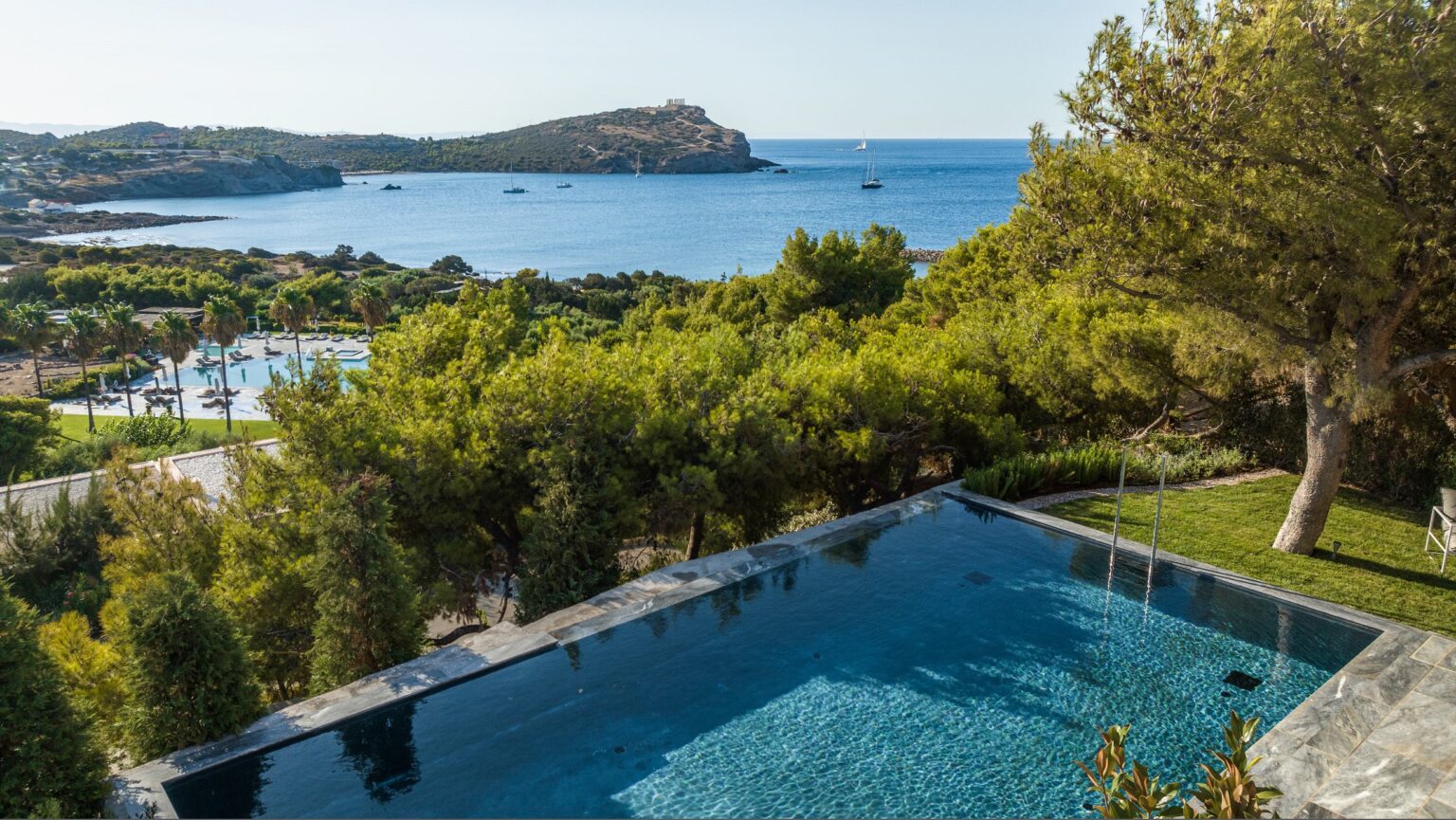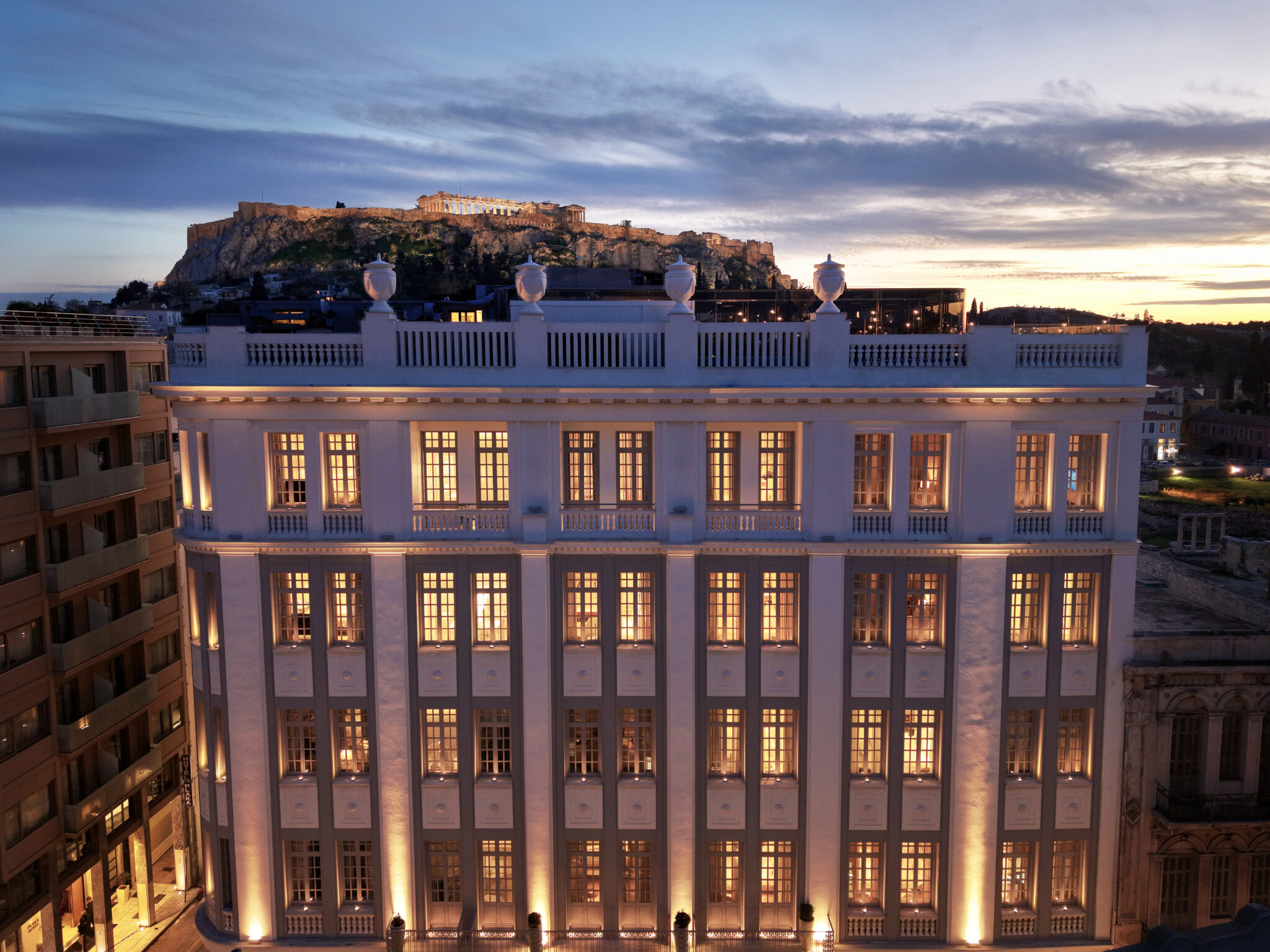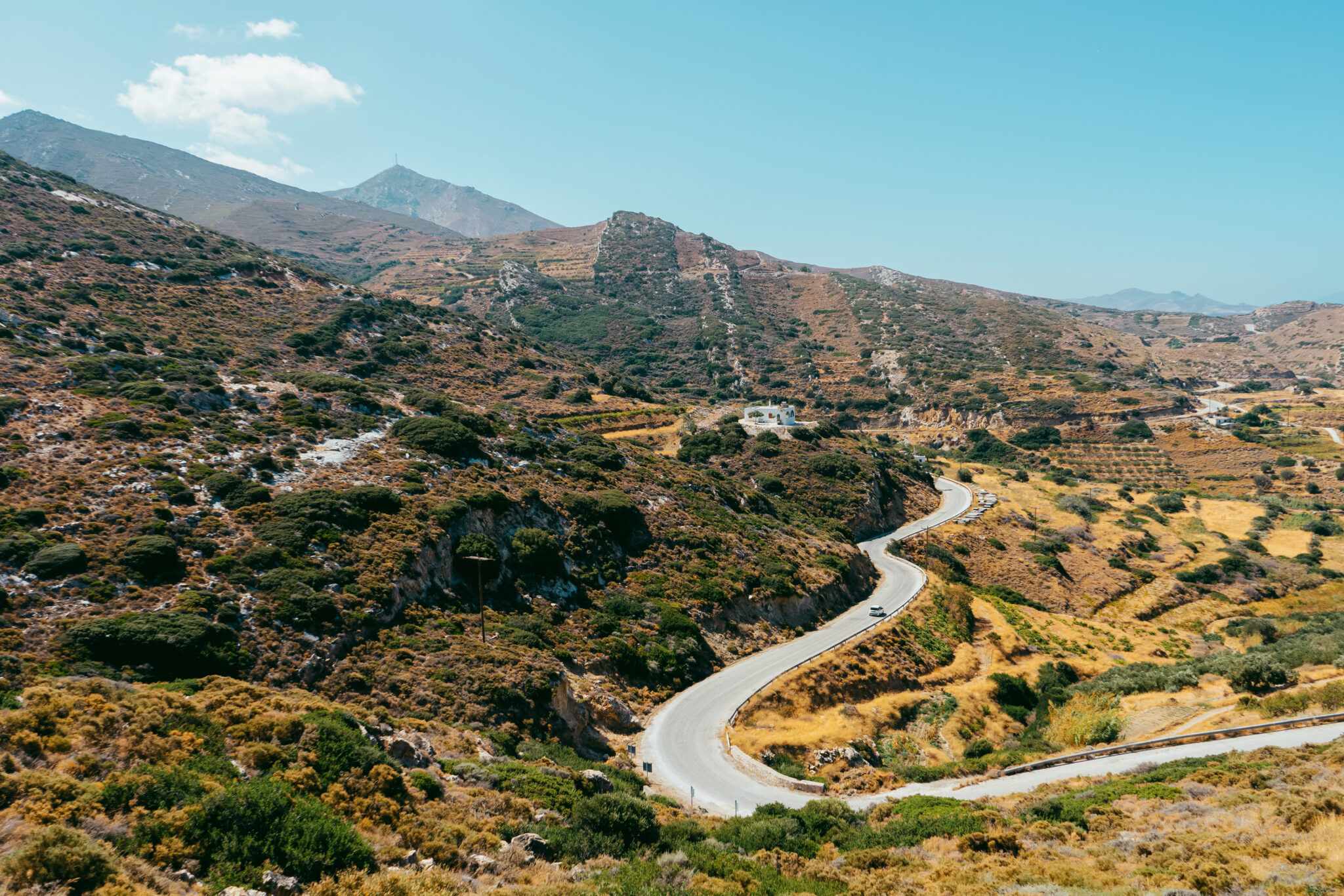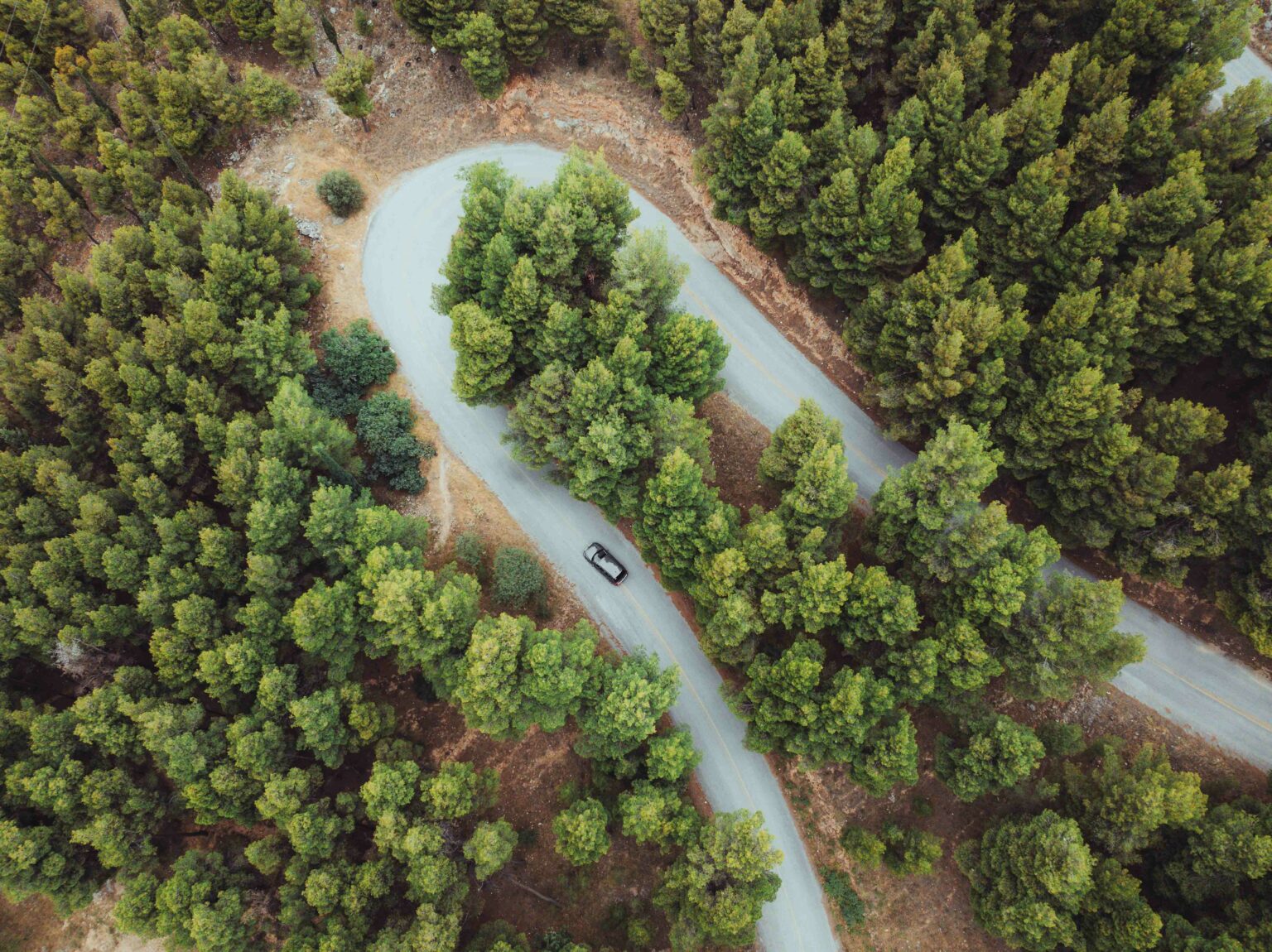Spring is admittedly the most beautiful season to take a road trip in Greece. With 48 hours at our disposal, our getaway would have to be relatively close. We decided to head to Andritsaina and Karytaina, two beautiful villages in Ilia and Arcadia. There was only one problem for us to solve first – finding a car that could comfortably and economically accommodate the four of us.
We found the solution at Avis, where we knew we would find just the car we needed quickly and easily. At avis.gr, we found the exact car we wanted: one that was spacious and powerful enough to travel us through the challenging roads of the mountainous Peloponnese. The fact that it was a hybrid model with a low fuel consumption made us extremely happy. Fortunately, there are many such options available at Avis.gr, and especially during a time when fuel is pretty pricey, it was simple to choose just the right vehicle.
Having picked up our car at a predetermined point and time of our choice we hit the road to reach the central Peloponnese. It’s vital to note that the road beginning at Karytaina and ending in Andritsaina is one that should be enjoyed by everyone. Objectively, it’s a little demanding – something we didn’t need to worry about in our modern and safe car – but the serpentine bends and the natural landscapes where the wild, rocky terrain gradually turns into a green oasis, make it well worthwhile.
We arrived in Andritsaina, parked and set off on our exploration of the village. The most characteristic thing about the village is its colours: The intense greens, with lush greenery, spread around and within a village built on different levels, and the red from the roof tiles of the stone houses. Andritsaina, at an altitude of 700 metres, looks more like the not-so-faraway mountain villages of Arcadia rather than the villages of Ilia, where it belongs. We sat down to drink our coffee in the central square of the village and then at the very interesting Folklore Museum we learned more about the history of Andritsaina, one of Greece’s first villages to have a high school.
The “Parthenon of the Peloponnese”
The Temple of Epicurean Apollo is known as the Parthenon of the Peloponnese. It was named as such due to its imposing size and because Ictinus (the architect who, together with Callicrates designed the Parthenon) is said to have inspired its construction.
It took us around 20 minutes from Andritsaina to reach it. The temple is currently undergoing restoration and is covered by a canopy. Sadly, it is one of the many temples that didn’t manage to escape the archaeological lootings that took place in Greece in the 19th century, when an Ionic facade that is now in the British Museum was pilfered from here in yet another (troubling) similarity with the Parthenon.
Despite the ravages of time and antiquities thieves, seeing the temple under restoration is inspiring, and even more impressive when one considers that the temple is located at an altitude of 1,130 metres. We gazed at the view beyond and wonder at the extraordinary logistics that must have been required to transport everything needed to build the temple at this place, and we couldn’t help but admire the workings of ancient Greek technology.
Beautiful Karytaina and Trapezounta Lake
The following day we again took the beautiful Andritsaina – Karytaina route, but this time in the opposite direction. At some point, the imposing rock and the castle atop the rock appear before us.
We left the car behind and hiked up a paved road that leads to the castle, which was built in the 13th century when “Morias” as the Peloponnese was known, came under the control of the Franks. The village was a key strategic control point for the wider region, as from there one could control the passes leading from Arcadia to Messinia and Ilia. Its geographical importance becomes clear as we enjoy the view of the region. This was the reason why Theodoros Kolokotronis chose to repair the castle and use it as a base for his army and as a place to protect the civilian population during the Greek Revolution.
The village, which we traipsed through after visiting the castle, has its own charms. Stone-cobbled streets, quaint cafes and Byzantine churches. And here’s a little trivia: In Karytaina you’ll find the bridge that was depicted on the back of the old 5,000 drachma note, which you may have come across if you’d visited Greece decades ago.
After Karytaina, we also visited the village of Elliniko, which is smaller but also stone-built. Before returning to Athens we decided to make a short detour of about 10 km following the advice of locals. As we passed through an impressive route with multi-varied nature, a lake could be seen in the distance at the same time as we spot the chimney stacks of Megalopolis.
The lake itself is partly a creation of human activity. In fact, it is an old lignite mine which gradually filled up with water from rainfall. One of its banks touches the ancient city of Trapezounta, which the local inhabitants named the lake after.
The lake isn’t set in a wild natural environment, as its banks are naked and black from lignite, yet over the years it has developed into a small wetland, a miniature paradise for animals and plants and a case that reveals that even if an area is polluted by industry, all it needs is a little clean water to make it attractive to wildlife. This sui generis wetland is home to many birds such as snake eagles, reed buntings, prairie falcons, hawks, rock thrushes, rare kestrels, turtle doves and owls. Reptiles live in its waters and mammals such as wild boars and foxes live in the wider area. Here is a complete ecosystem living under unusual conditions.
This was the main topic of our conversation as we drove back to Athens. The other was how the car we rented turned out to be a perfect choice. And because the area is ideal for sports such as canoeing in the gorge of Lousios and has great off-road routes, we planned to return as soon as we have more time to dedicate to the area. For the off-road part, we will of course need a car with four-wheel drive, but at avis.gr. we’re sure to find the right one for us.
Read also
Carnival Weekend in Leonidio – Mountain and Sea in One Destination
Road Trip to Legendary Mycenae and Nafplio the First Capital of Greece



